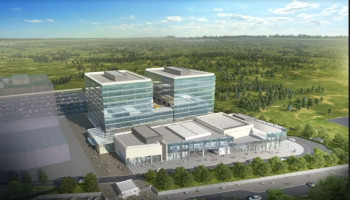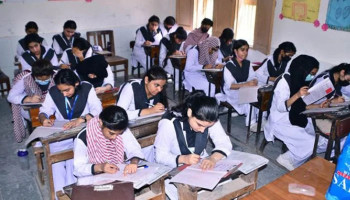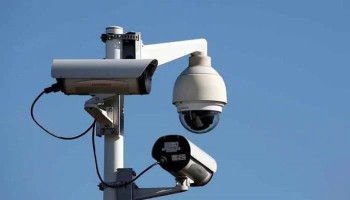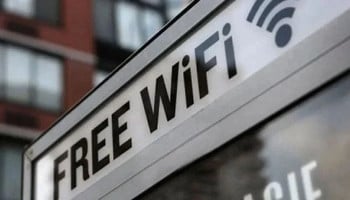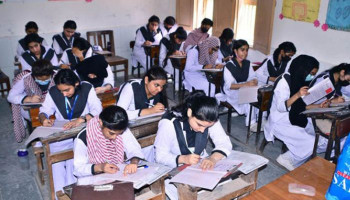
With Pakistan’s digital future facing various obstacles, a report from the World Bank has highlighted slow internet speeds, high costs, and poor coverage across the country.
Despite ever-rising demand for the internet and online services, fixed broadband speeds in Pakistan average just 16 Mbps, ranking third lowest in South Asia. In many areas of the country, internet speeds are recorded even slower than those in major cities like Karachi and Islamabad.
Mobile broadband was recorded only slightly better at 20 Mbps, yet it remained insufficient when it came to far-reaching connectivity in remote areas with low or zero connectivity.
The biggest concern remained affordability, as fixed broadband packages in Pakistan cost over 11% of the average monthly income, way more than the global affordability benchmark of 2%. Even mobile data, costing 1.8% of monthly income, is out of reach for millions in rural and low-income households.
The country is also lagging behind in modern internet infrastructure, given the absence of commercial 5G coverage and the presence of weak fibre-optic networks.
Owing to the snail-like pace at which 5G is approaching its launch schedule, Pakistan is far behind its regional peers. Considering 5G's current rollout pace, it was estimated that the country could take three decades to come on par with the digital access levels seen in developed countries.
It also emerged that only 33% of the population used the internet in 2022. Despite mobile broadband covering a significant portion of the country, factors such as limited digital skills, poor infrastructure, and affordability prompt nearly 140 million Pakistanis offline.






